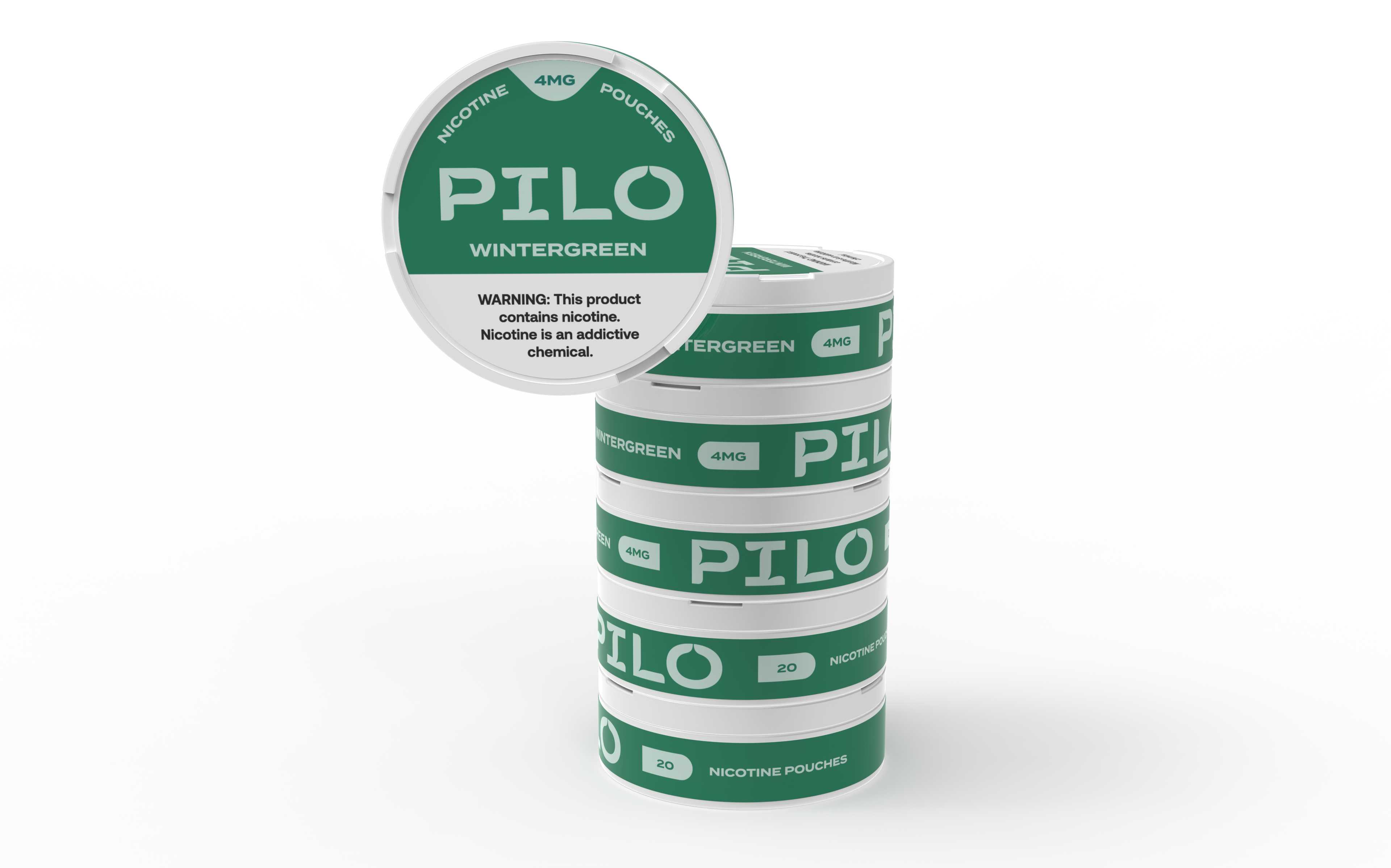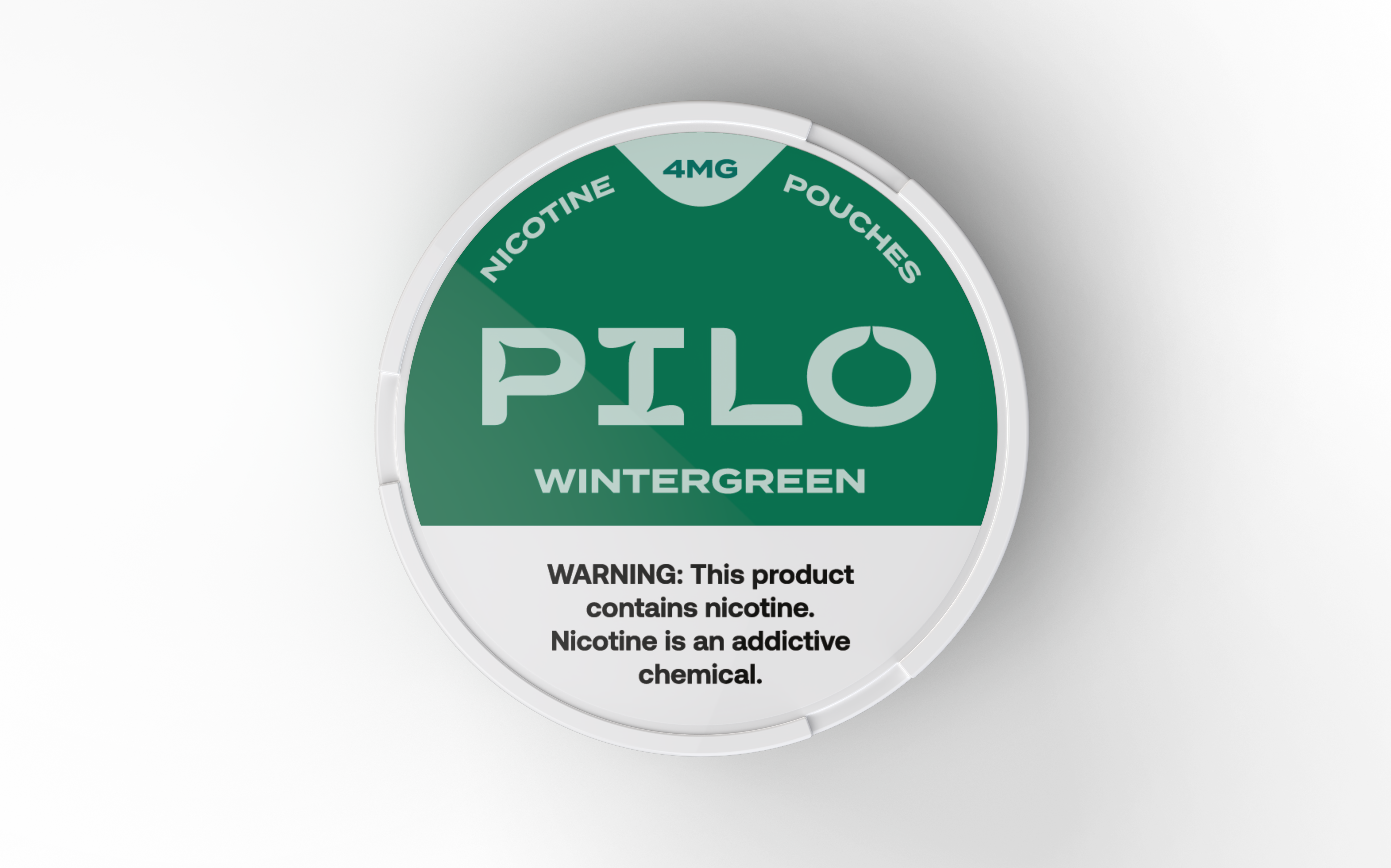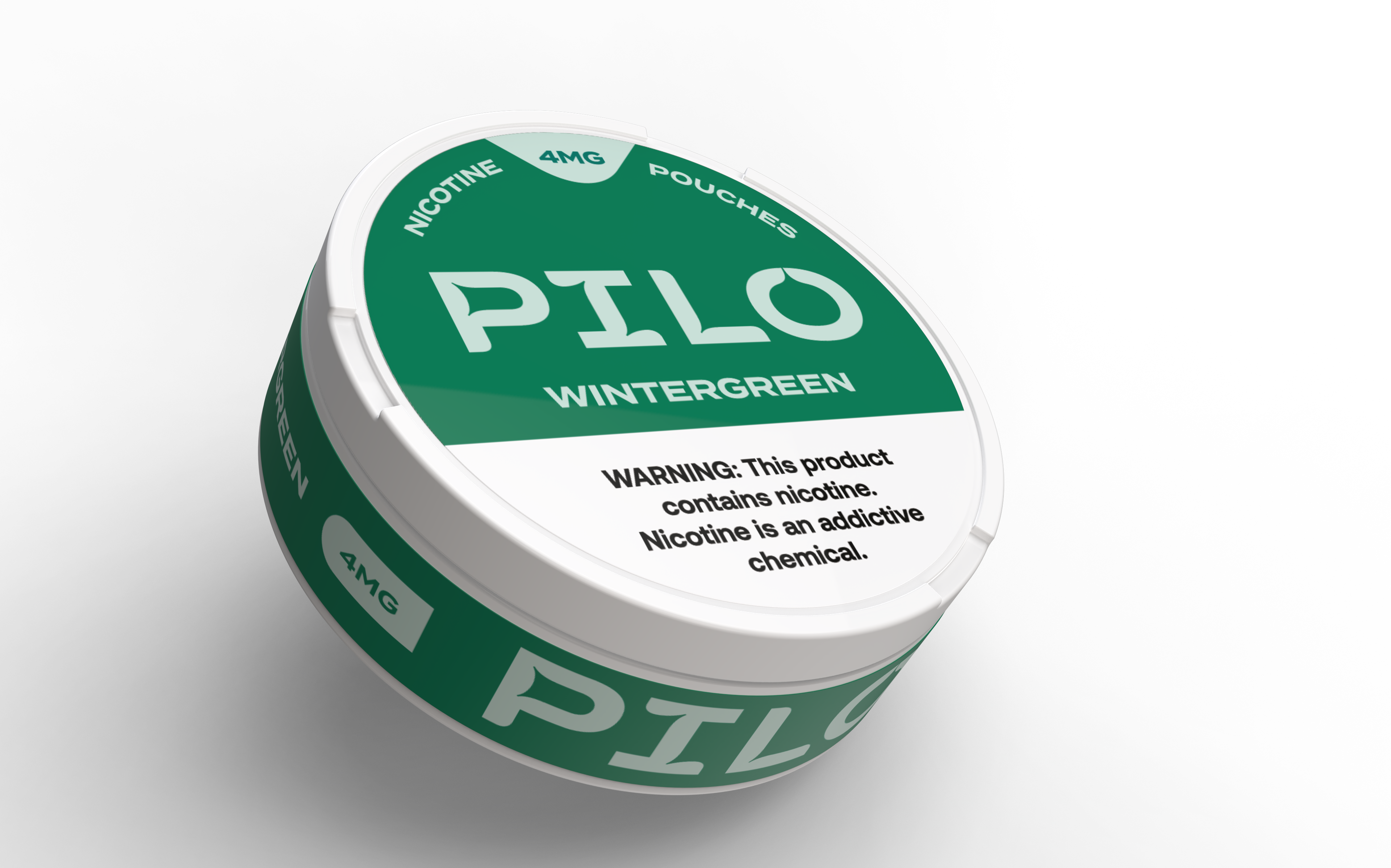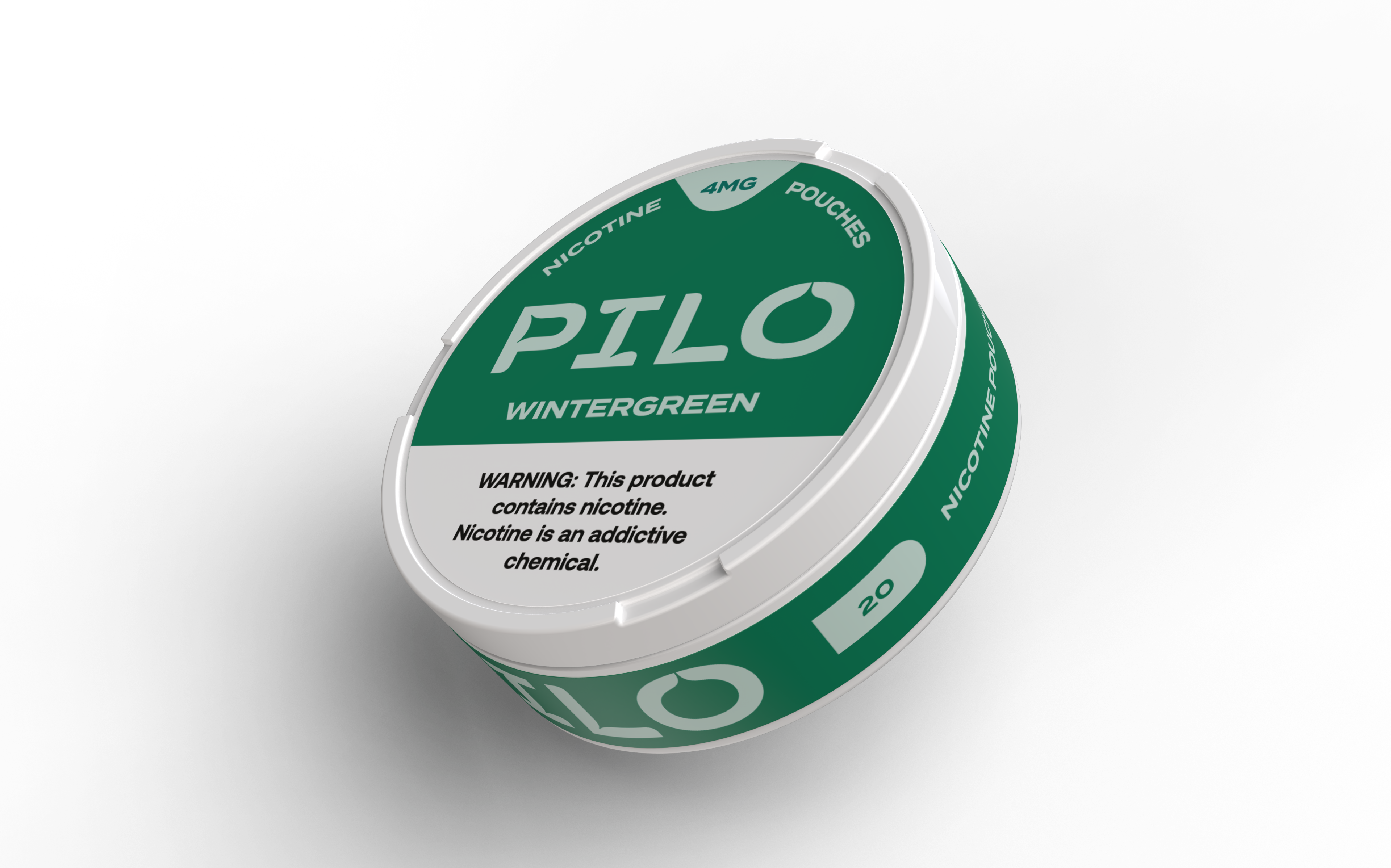Article: How Sweden Stopped Smoking
How Sweden Stopped Smoking
For decades, Sweden has stood apart from the rest of the world in its approach to tobacco use. While smoking rates have remained stubbornly high in most countries, Sweden has quietly achieved what no other European nation has: an unprecedented decline in smoking, putting it on track to become the first "smoke-free" country—defined as a smoking prevalence of less than 5%. In 2024 the Swedish Public Health Agency survey found that only 5.4% of adults (16–84) smoke daily.
So, what’s the secret behind Sweden’s success? The answer lies in a centuries-old tradition that evolved through innovation: snus, and more recently, nicotine pouches.
A Tradition Rooted in Harm Reduction: The History of Snus
Snus (pronounced snoos) is a smokeless tobacco product that has been used in Sweden for over 200 years. Unlike traditional smokeless tobacco products such as chewing tobacco and dip, snus uses tobacco leaves that are pasteurized instead of cured, which significantly reduces tobacco-specific nitrosamines (TSNAs)—carcinogens commonly found in cured tobacco. Originally, snus was only available in a loose, finely ground form, requiring users to manually portion each dose.

In the first half of the 20th century the popularity of snus declined, as American cigarettes surged in demand following World War II. By the 1970s, as medical research increasingly linked smoking to severe health risks, snus made a remarkable comeback. During this period, advances in manufacturing techniques allowed pre-portioned pouches to be introduced, making snus more convenient and appealing to a wider audience.

Unlike the rest of the European Union, which banned snus in 1992, Sweden negotiated an exemption upon joining the EU in 1995, allowing it to remain legal.
To consume snus, a pouch is placed under the upper lip, where it rests against the gum. This placement allows nicotine to be absorbed from the pouch, through the highly permeable gum tissue, which has a rich blood supply and a thin mucosal layer. The upper lip is preferred as it reduces saliva production, keeping the pouch securely in place while ensuring a steady release of nicotine without excessive saliva washout.

From Smoking to Snus: Sweden’s Public Health Transformation
As Sweden implemented strict anti-smoking policies—including tax hikes, indoor and outdoor smoking bans, and public health awareness campaigns—many Swedes turned to snus as a practical, less harmful alternative to cigarettes. By the early 2000s, as many as one in four Swedish men were using snus daily, while smoking rates plummeted.
This was highlighted by a groundbreaking 2024 study, "Thirty-Six-Year Trends (1986–2022) in Cigarette Smoking and Snus Use in Northern Sweden", which revealed a staggering decline in smoking rates – a trend unmatched by any other European nation:
- Men: Cigarette use dropped from 31.2% in 1986 to 4.9% in 2022, while snus use rose from 18.9% to 26.2%, peaking at 32.3% in 2014
- Women: Smoking rates fell from 30.5% in 1986 to 9.7% in 2022, while snus use increased from 0.5% to 13.0%

Similar trends were reported by the Swedish Public Health Agency (Folkhälsomyndigheten), which found that between 2004 and 2024 among adults aged 16–84:
- Daily smoking dropped from 16.5% to 5.4%
- Snus use rose from 12.4% to 15.7%
Snus as a Smoking Cessation Tool
Snus has proven to be an effective smoking cessation aid in Sweden. Survey data shows that snus is the most commonly used aid among men trying to quit smoking. In a 2001–2002 study, 24% of male smokers used snus in their most recent quit attempt—more than those who used all forms of nicotine replacement therapy (NRT) combined.
Crucially, quitting success rates were higher with snus than with traditional nicotine medicines:
- Among men who used snus as their only quitting aid, 66% successfully quit smoking
- In contrast, 47% succeeded using nicotine gum, and only 32% succeeded using the nicotine patch
- Women who used snus to quit also had higher success rates than those using NRT.
Consistent with this, a Norwegian study in 2023 reported that snus was the only cessation aid associated with higher quit success – it was the most frequently used tool and significantly improved the odds of quitting smoking, aligning with similar findings from Sweden.
An analysis of over 14,000 Swedish twins in a population-based study found that snus use was the strongest independent correlate of smoking cessation – snus users had substantially higher odds of being former smokers (hazard ratio ~2.7) compared to non-users. In other words, smokers who incorporated snus were more likely to have quit smoking, even after accounting for other factors.
Smokers describe snus as a “simple and uncomplicated way to quit”—it delivers a similar nicotine hit and ritual without the hurdles of prescriptions or the weaker sensory effects of NRT. This effectiveness stems from snus's delivery method: while nicotine patches must penetrate thick skin (often causing irritation) and nicotine gum requires absorption through the stomach before entering the bloodstream, snus delivers nicotine directly through the highly permeable gum tissue. This provides immediate satisfaction of cravings, making it the most effective nicotine replacement tool available.
Why is Snus So Effective for Quitting Smoking?
Several key factors contribute to the success of snus as a smoking cessation tool:
✅ Convenience & Social Acceptance – Unlike cigarettes, snus is smokeless and doesn’t produce secondhand smoke or odor. Users can consume it in places where smoking is banned (offices, restaurants, public transport, planes). Many former smokers found that snus allowed them to satisfy nicotine cravings without the social inconvenience or stigma of smoking.
✅ Cost & Accessibility – Snus is readily available in Sweden (supermarkets, convenience stores, etc.) and has historically been cheaper than cigarettes. Smokers looking to cut costs found that switching to snus saved them money, especially as tobacco taxes on cigarettes increased.
✅ No Need for Medical Supervision – Unlike nicotine patches or prescription cessation medications, snus is available over the counter, removing barriers that might prevent quit attempts.
Studies confirm that many Swedish ex-smokers credit snus for helping them quit smoking. Its combination of lower perceived health risk, high quitting success rates, and greater convenience has led to a consumer-driven shift away from cigarettes.
The Link Between Snus Availability and Lower Smoking Rates
Snus Bans and Higher Smoking Rates
Sweden’s success in reducing smoking contrasts sharply with other EU countries that banned snus. In 2019, Sweden had the lowest daily smoking rate in the EU at 6.4%, compared to an 18.5% average across the bloc and up to 28.7% in high-smoking countries like Bulgaria. Sweden was also the only EU nation to meet the WHO’s goal of <20% smoking prevalence by 2000, and it remains years ahead of other countries in achieving smoke-free status.
Countries that banned snus, such as Finland, continue to have higher smoking rates—in 2019, 10% of Finns smoked daily compared to just 6% of Swedes. Analysts argue that the EU’s resistance to harm-reduction alternatives like snus has slowed smoking cessation efforts, with some estimating that the EU’s average smoking rate is five times higher than Sweden’s due to the lack of safer alternatives.
The Gender Gap in Snus Use and Smoking Rates
Within Sweden, men and women have historically had very different tobacco use patterns, which serves as a natural experiment:
- Swedish men adopted snus at high rates, and their smoking prevalence dropped significantly faster.
- In contrast, Swedish women were much less likely to use snus, and their smoking rates declined more slowly.
Between 1986 and 1999, men’s smoking rates fell from 23% to 14%, while their snus use rose from 22% to 30%. Meanwhile, Swedish women’s smoking rates remained around 27%, largely due to their lower adoption of snus. This gender disparity mirrors the international contrast—countries where snus is widely available (like Sweden) have far lower smoking rates than those where it is banned.
This evidence suggests that access to snus is a key driver in reducing smoking rates, reinforcing the argument that harm reduction strategies work where prohibition has failed.
Snus: Not a Silver Bullet
Although snus is a significantly safer alternative to smoking, it is not risk-free. Scientific studies provide mixed findings regarding its health effects:
- A 2008 study of nearly 10,000 Swedish male construction workers found a statistically significant increase in oral and pharyngeal cancer among daily snus users
- However, other major studies, including those published in the British Medical Journal and The Lancet, have not confirmed a correlation between snus use and oral cancer.
Some research suggests a possible increased risk of pancreatic cancer, though a 2017 pooled analysis of over 400,000 men found no significant link between snus use and pancreatic cancer.
On the other hand, snus does not cause lung diseases associated with smoking, as it eliminates the inhalation of combustion products. The U.S. FDA acknowledged in 2019 that snus has a lower risk of mouth cancer, heart disease, lung cancer, stroke, emphysema, and chronic bronchitis compared to cigarettes. Recent scientific reviews have found no significant association between snus use and many smoking-related illnesses (including lung cancer, cardiovascular disease, pancreatic cancer, diabetes, or oral cancer). In contrast, smoking harms nearly every organ and causes ~80% of lung cancer cases. In fact, Sweden has the lowest male lung cancer rate in the EU, reflecting the reduced harm from snus replacing cigarettes.
Epidemiological analyses suggest snus imposes only a fraction of the health risk of smoking. For example, experts estimate that using low-nitrosamine snus instead of cigarettes reduces overall tobacco-related mortality risk by about 90%. Some studies estimate that the risk of heart disease from snus is roughly half that of smoking, and the relative risk (RR) of fatal heart attack or stroke is much lower than that for smokers - by approximately 2 to 3 times. In practical terms, snus appears to cause 90–95% fewer health problems than smoking, making it a far safer source of nicotine.
Although snus is associated with far fewer health risks than smoking, it is still an addictive nicotine product, and heavy long-term use may carry moderate health risks, such as possible links to hypertension or type 2 diabetes.
Overall, the consensus is that while snus can cause adverse effects (such as gum/mouth irritation and slight cardiovascular strain), its risks are dramatically lower than those of smoking. Sweden’s harm reduction approach recognizes that while snus is not without risks, its role in reducing smoking-related deaths and diseases is substantial.
A Modern Innovation: The Rise of Nicotine Pouches
While snus was instrumental in reducing smoking, a new innovation has accelerated the decline even further: nicotine pouches. Developed in the mid-2010s, nicotine pouches are a modern, tobacco-free version of snus that use synthetic nicotine in a clean, all-white format instead of pasteurized tobacco leaves. These nicotine pouches come in a variety of flavors, usually Mint or Wintergreen, and have diverse nicotine strengths, ranging from 3mg to upwards of 50mg.

This innovation has made nicotine pouches a more appealing alternative to snus, especially for consumers who were hesitant to try traditional snus. While snus was widely embraced by men, Swedish women were less likely to switch due to the following factors:
🚫 Stained teeth and bad breath
🚫 Excessive saliva production requiring spitting
🚫 Strong tobacco taste
The Rapid Rise of Nicotine Pouches in Sweden
The sleek, modern design combined with an extensive choice of flavors has made nicotine pouches extremely popular. Unlike traditional snus, they don't produce excess saliva requiring spitting, and they're convenient to use in any setting due to their discreet shape—at work, during social gatherings, and beyond. These features allow nicotine pouches to fit seamlessly into users' lifestyles.

These advantages have led to a significant increase in nicotine pouch use among women—a group that historically smoked more than they used snus. In fact, in recent years, more young women have adopted nicotine pouches than ever before, further contributing to the national decline in smoking. This trend is clearly demonstrated in Swedish Public Health Agency data, where nicotine pouches have become the top choice among young women:
- Daily nicotine pouch use among women aged 16–29 skyrocketed from 3% in 2018 to 18% in 2024
- More than 50% of female “snus” users now prefer nicotine pouches over traditional snus
Nicotine pouches were introduced in Sweden around 2016 and have seen explosive growth:
- 2019: Only 1–2% of Swedish adults used nicotine pouches, compared to 17% using snus and 11% smoking cigarettes
- 2024: 5% of the entire adult population (16–84) reported daily nicotine pouch use
- The rise accelerated post-2021, reversing years of flat smokeless tobacco usage
Young Adults Driving Growth
The increase in nicotine pouch use is particularly evident among young people:
- Snus use among women (16–29) jumped from 3% in 2018 to 18% in 2024, largely due to the popularity of nicotine pouches
- Nicotine pouch use among young women (16–29) has now surpassed that of young men (15.2% vs. 10.6%)
Market Expansion & Mainstream Adoption
Industry reports confirm this trend:
- By 2023, nicotine pouches captured 39% of Sweden’s entire “snus” market, up from nearly zero a decade prior.
- Sales continue to grow at 27% annually as more consumers switch from other nicotine products.
Sweden has seen nicotine pouches evolve from a niche product to a dominant nicotine alternative, marking one of the fastest shifts in nicotine consumption patterns in the country’s history.
Nicotine Pouches as a Smoking Cessation Tool
Unlike traditional NRT products (such as nicotine gum or patches), nicotine pouches are relatively new and have not been extensively studied in clinical trials as a formal smoking cessation tool. However, observational data suggest they function similarly to snus in helping smokers reduce or quit cigarettes.
Real-World Evidence from Sweden
Though not formally classified as nicotine replacement therapy (NRT), data suggests that many Swedes use nicotine pouches as a smoking substitute. A 2023 consumer survey by Haypp Group found that 67% of nicotine pouch users had started using pouches to quit or cut down on smoking or other tobacco products, indicating that many former smokers are using pouches as a cigarette alternative.
Comparison to Traditional NRT
In Sweden, unlike government-approved NRTs such as nicotine gum, patches, or lozenges (which are regulated as medical products), nicotine pouches and snus are regulated as food products and are sold as consumer products.
Users often report that nicotine pouches provide a stronger and more satisfying nicotine hit than gum or patches, which may explain why they are preferred by some smokers trying to quit. This is because nicotine ingested via a gum or lozenge is partially digested through the stomach, while a nicotine pouch placed against the gum is absorbed much faster directly into the bloodstream, resulting in higher and more immediate nicotine uptake.
In fact in January 2025 the U.S. FDA announced that after an extensive scientific review it had authorized 20 varieties of nicotine pouches as there was “sufficient evidence that the new products offer greater benefits to population health than risks”.
Bringing the “Swedish Experience” to the American Consumer
The “Swedish Experience” is a phrase used to refer to the country’s unique tobacco consumption habits, where snus and now nicotine pouches have been shown to be effective tools to quit smoking.
This is the experience that we at PILO (pronounced “pillow”) want to bring to the American Consumer. We offer European-quality synthetic nicotine pouches in a variety of flavors and strengths to support you on your journey toward a healthier lifestyle free from smoking.




